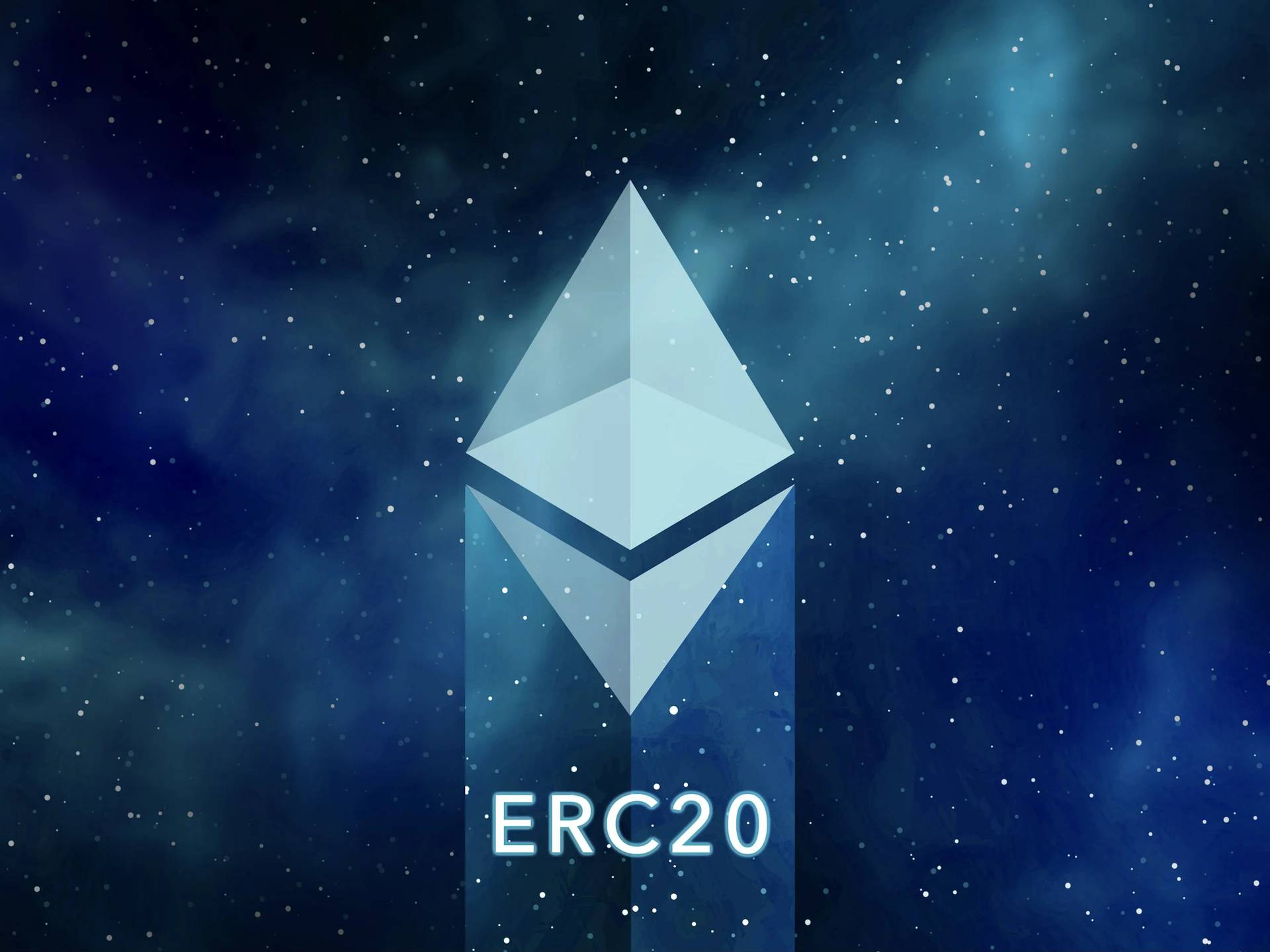ERC-20
이더리움 ERC-20 계약은 이더리움 블록체인 상에서 토큰을 구축하기 위한 표준입니다. ERC20 토큰 이전에는 암호화폐 거래소가 모든 토큰의 교환을 지원하기 위해 플랫폼 간에 맞춤형 브리지를 구축해야 했습니다. 이러한 이유로, Fabian Vogelsteller라는 이더리움 개발자가 6가지 규칙을 만들어 ERC20이라는 이름으로 배치했습니다. 이는 “Ethereum Request for Comment 20”을 의미합니다.[3][4]
ERC20 표준은 각 완전 작동 ERC20 계약의 기반입니다. 이러한 스마트 계약은 토큰을 분배하고 공급을 제어하며 이동 및 잔액을 모니터링할 수 있습니다.[5]
역사
2015년 11월 Fabian Vogelsteller가 제안한 ERC-20(Ethereum Request for Comments 20)은 스마트 계약 내에서 토큰에 대한 API를 구현하는 토큰 표준입니다.
이 표준은 이더리움 생태계 내에서 토큰이 제대로 작동하기 위해 따라야 하는 일반적인 규칙 집합을 설명합니다. 따라서 ERC-20은 코드나 소프트웨어로 간주되어서는 안 됩니다. 대신 기술 지침이나 사양으로 설명할 수 있습니다.[6]
개요
ERC-20은 이더리움 블록체인을 사용하여 생성된 대체 가능한 토큰의 기술 표준입니다.
ERC-20을 통해 다양한 스마트 계약 지원 토큰을 교환할 수 있습니다. 이러한 맥락에서 토큰은 자산, 권리, 소유권, 접근 권한, 암호화폐 또는 그 자체로 고유하지 않지만 이전될 수 있는 다른 것을 나타냅니다. 이 표준을 통해 이러한 요소 중 하나를 나타내는 토큰과 스마트 계약을 다른 것을 나타내는 토큰과 교환할 수 있습니다. 스마트 계약은 당사자 간의 거래의 여러 측면을 실행하는 코딩에 작성된 조건입니다.
ERC-20의 특성
- 이전 가능: 한 주소에서 다른 주소로 보낼 수 있습니다.
- 고정 공급: 개발자가 더 많은 토큰을 발행하여 공급을 늘릴 수 없도록 고정된 수의 토큰을 생성해야 합니다.
- 대체 가능: 각 토큰의 코드는 다른 토큰과 동일하지만 거래 내역을 사용하여 관련된 토큰을 식별하고 분리할 수 있습니다.
목적
ERC20 표준의 지침 뒤에 있는 주요 목적은 스마트 계약 간의 상호 운용성을 높이는 것입니다. 결과적으로 사용자 인터페이스, 거래소 및 지갑과 같은 모든 인프라 구성 요소를 예측 가능하게 계약에 연결할 수 있습니다.
ERC-20은 이더리움 블록체인에서 새로운 토큰을 생성하여 스마트 계약 내에서 사용되는 다른 토큰과 상호 교환할 수 있도록 안내합니다.[7]
상호 운용성 자체는 ERC20 표준이 응용 프로그래밍 인터페이스(API)를 설정하기 때문에 달성됩니다. 이를 통해 제3자가 정보에 액세스하고 거래를 실행할 수 있으며, 특정 토큰에 익숙하지 않아도 제3자 앱을 각 ERC20에 대해 일반적으로 코딩할 수 있습니다.[1][2]
